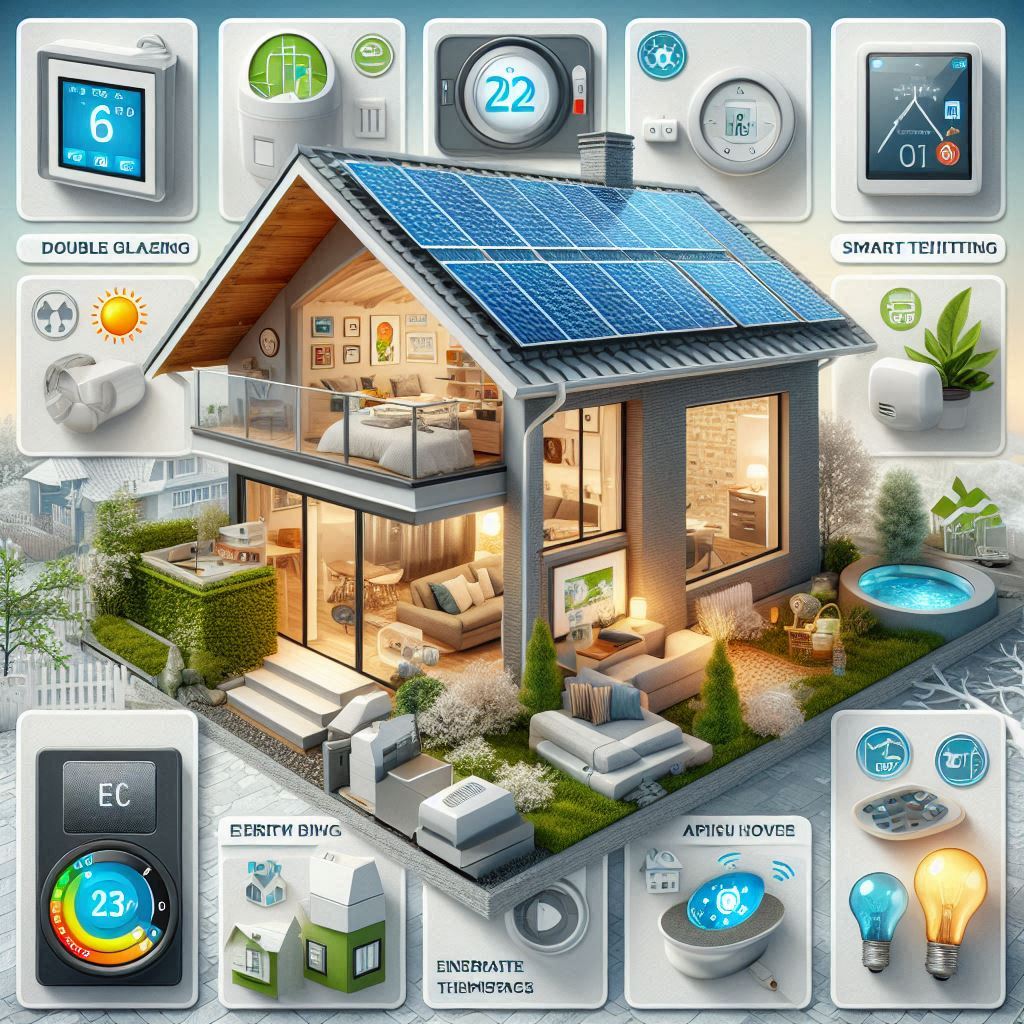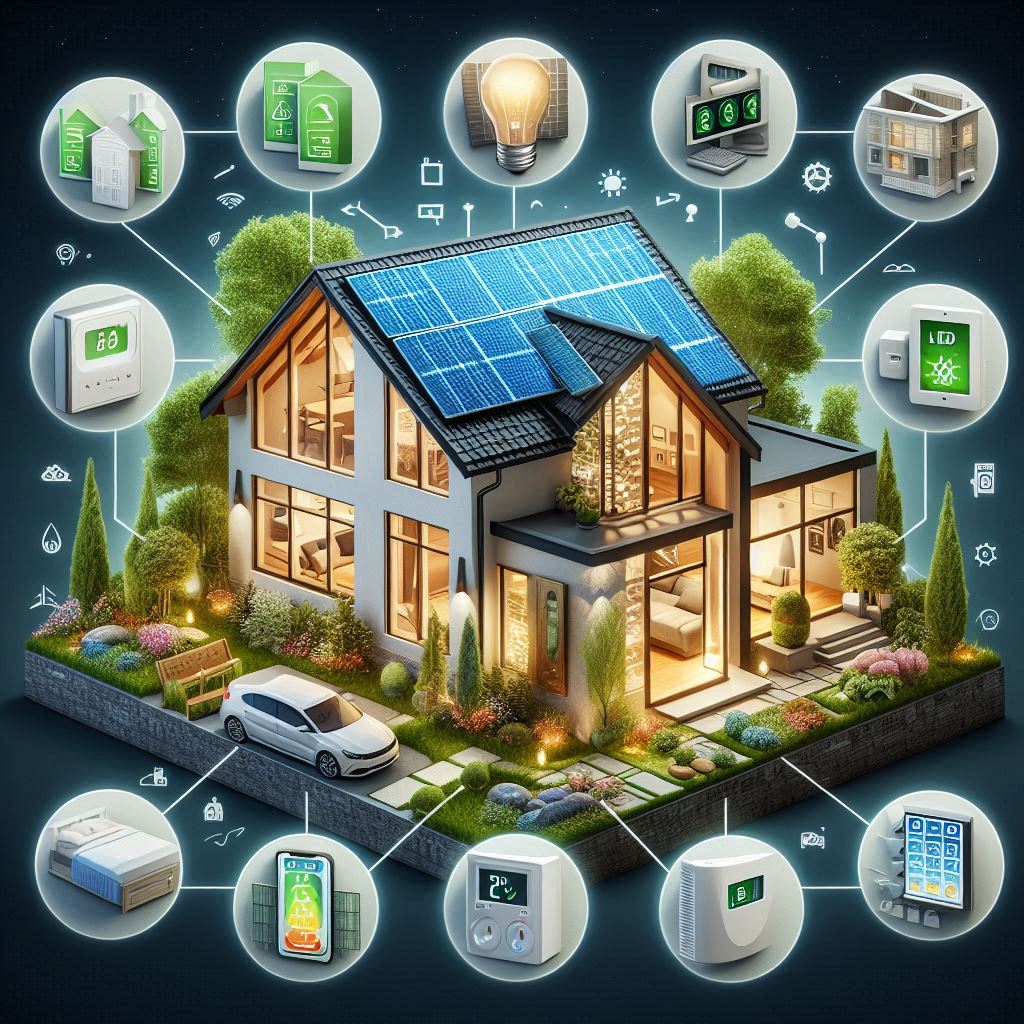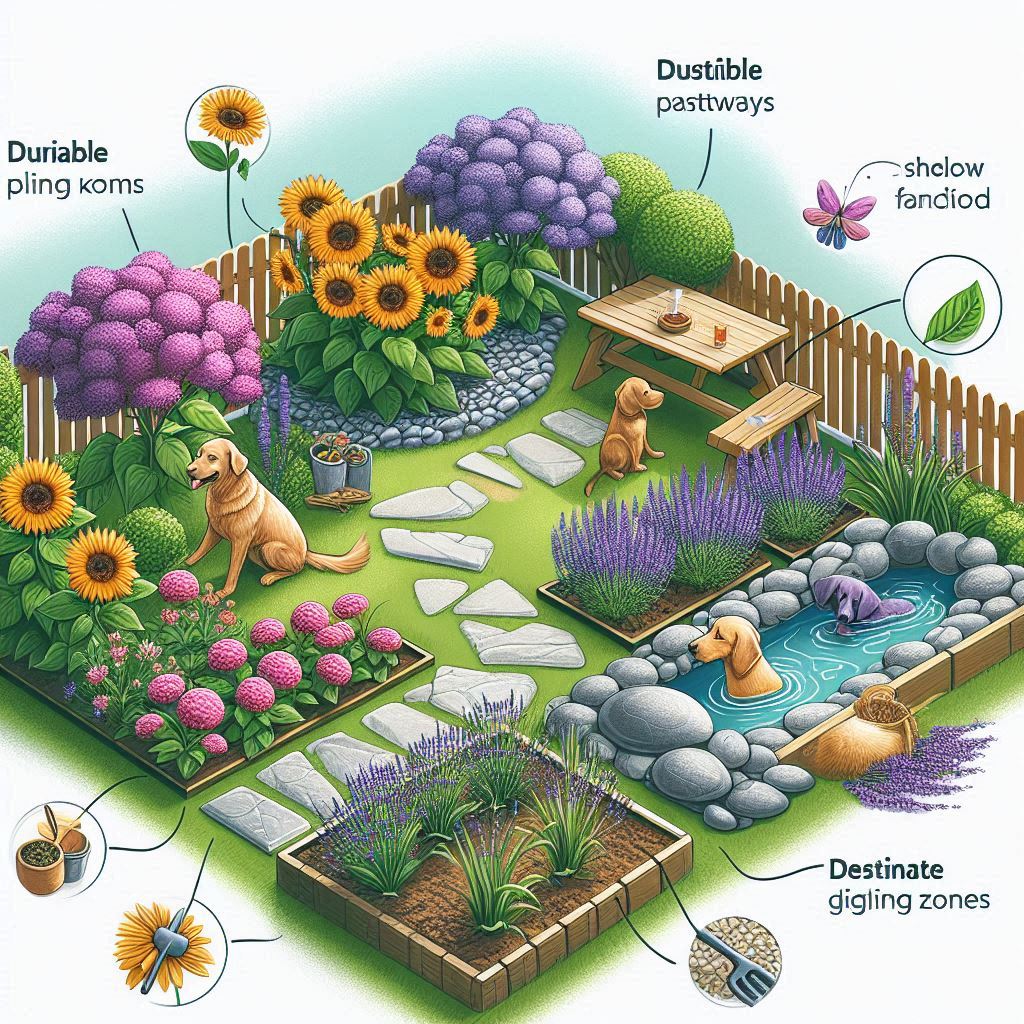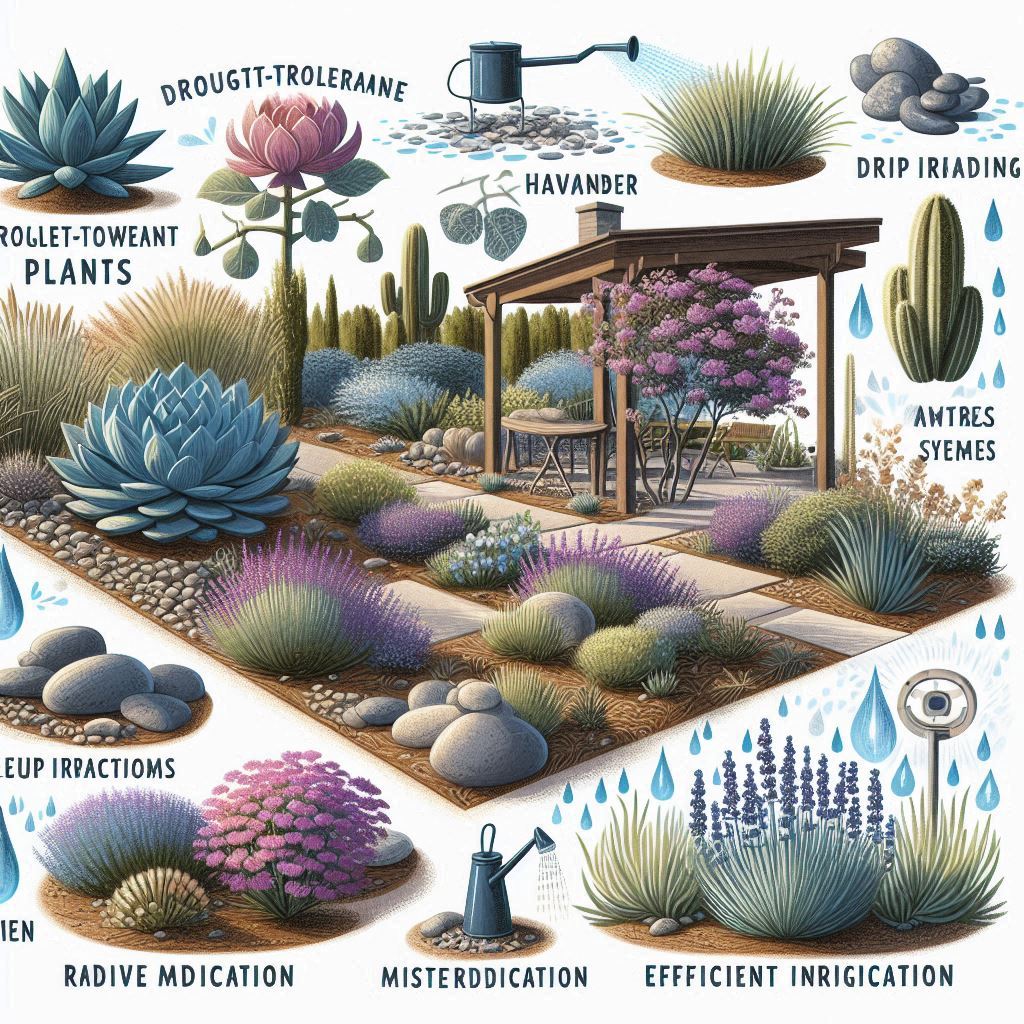Energy-efficient home improvements are becoming increasingly popular as homeowners seek to reduce their environmental impact and lower their utility bills. By making strategic upgrades, you can create a more sustainable living space that benefits both your wallet and the planet. Here are some effective ways to improve your home’s energy efficiency.
1. Install Solar Panels
One of the most impactful energy-efficient improvements is installing solar panels. These panels convert sunlight into electricity, reducing your reliance on traditional power sources. While the initial investment can be significant, solar panels often pay for themselves over time through reduced energy bills and potential tax incentives.
2. Upgrade to Energy-Efficient Windows
Old, single-pane windows can be a significant source of energy loss. Upgrading to double- or triple-pane windows with low-emissivity (Low-E) coatings helps to reduce heat transfer, keeping your home warmer in the winter and cooler in the summer. This improvement not only enhances comfort but also lowers heating and cooling costs.
3. Insulate Your Home
Proper insulation is key to maintaining a consistent indoor temperature and reducing energy consumption. Insulating your attic, walls, and floors can prevent heat from escaping during the winter and keep your home cool in the summer. Pay special attention to areas prone to air leaks, such as around windows, doors, and ductwork.
4. Install a Smart Thermostat
Smart thermostats are an easy and effective way to improve energy efficiency. These devices allow you to program temperature settings based on your schedule, reducing energy use when you’re not at home. Some models even learn your preferences over time and make automatic adjustments to maximize savings.
5. Switch to LED Lighting
Replacing traditional incandescent bulbs with LED lights is a simple yet effective energy-saving measure. LED bulbs use up to 75% less energy and last significantly longer than incandescent bulbs. They’re available in various styles and color temperatures, making them a versatile choice for any room.

6. Upgrade to Energy-Efficient Appliances
When it’s time to replace old appliances, choose energy-efficient models that are ENERGY STAR certified. These appliances use less electricity and water, reducing your utility bills. Consider upgrading your refrigerator, dishwasher, washing machine, and water heater for the most significant impact.
7. Seal Air Leaks
Air leaks around windows, doors, and other openings can significantly reduce your home’s energy efficiency. Sealing these leaks with weatherstripping, caulk, or spray foam helps to keep conditioned air inside and prevents drafts. This improvement is relatively inexpensive and can lead to noticeable savings on your energy bills.
8. Install a Rainwater Harvesting System
For those looking to conserve water, installing a rainwater harvesting system is a great option. These systems collect and store rainwater for use in irrigation, landscaping, or even household tasks like flushing toilets. This not only reduces your water bill but also minimizes your reliance on municipal water sources.
9. Invest in a Tankless Water Heater
Traditional water heaters continuously heat a large tank of water, using energy even when hot water isn’t needed. Tankless water heaters, on the other hand, heat water on demand, which can lead to significant energy savings. These systems are more energy-efficient and take up less space in your home.
10. Consider a Green Roof
For homeowners looking to make a bold eco-friendly statement, a green roof might be the answer. Green roofs are covered with vegetation, providing insulation, reducing stormwater runoff, and improving air quality. While this is a more complex and expensive project, it offers significant environmental benefits and can enhance your home’s aesthetic appeal.
Conclusion
Making energy-efficient home improvements is an investment in your home’s future. These upgrades not only reduce your environmental footprint but also lead to substantial savings on utility bills. Whether you’re installing solar panels or simply switching to LED lighting, every step towards a more energy-efficient home contributes to a healthier planet and a more comfortable living environment.



